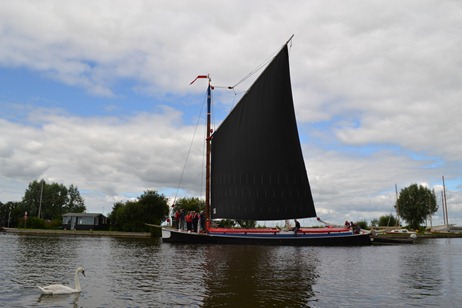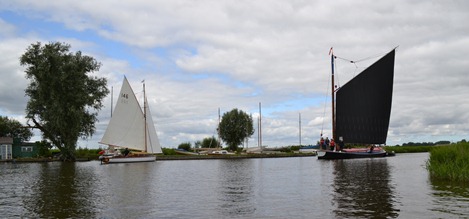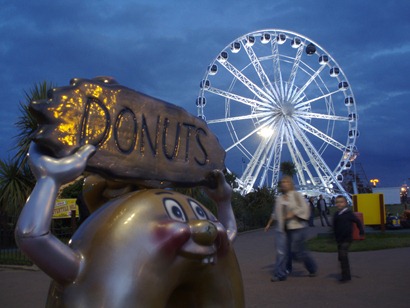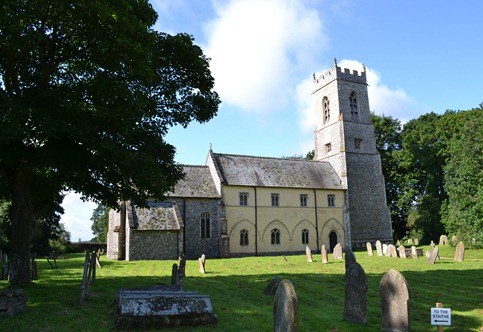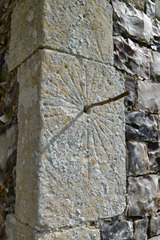I’VE chatted to the hard-working volunteers at the Albion’s Womack Water base. I’ve clambered on board to be shown around by skipper Mike Sparkes. I’ve even hired a day boat from Burgh St Peter specifically to take photos of her at Reedham. But too much and too little wind on various frustrating occasions have meant I’d never seen the wherry under sail until today. And it was all the better for being entirely unplanned. Up in Wroxham for something else, I took a scenic route home via the village of Thurne – another Northern Broads outpost that has passed me by over the years.
Frankly I was a bit disappointed by Thurne and was about to give up when that black, gaff-rigged sail suddenly loomed large over the marshes. (Womack Water is of course just up and across the river.) And for once my timing – at the mouth of Thurne Dyke - was perfect. Admittedly, sodding motor cruisers kept ruining my best shots and there wasn’t quite enough blue in the sky, but I’m reasonably happy with what I got. Albion is remarkably difficult to photograph well. The sail is just so large that it unbalances the picture. And of course you are at the mercy of the wind direction too.
But the best thing about it was the lack of fuss. I was the only one taking photos. (Albion’s sail is on the horizon in this last one.) Everyone else was getting on with the serious business of messing around in boats. Round here at least, the Black-Sailed Trader is just another routine part of this beautiful landscape. Maybe Thurne’s not so bad after all.
